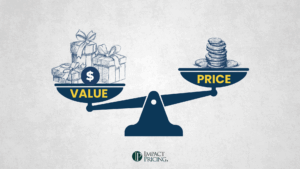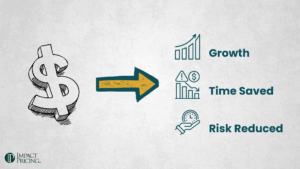The previous post on market segmentation focused more on startup companies or launching new products. This one takes a look at market segmentation for mid-sized companies that already have products.
Yes, you still should be using market segmentation. It is likely that you have one or more products. On your website, you describe all of the wonderful features of your products, and you may even mention some benefits. Here’s the problem. Different market segments receive different benefits and they especially value these benefits differently.
What’s more, when you talk about your products, you only attract people who are looking for a product like yours. As my friend Liz Heiman likes to say, “nobody walks down the street and suddenly thinks, ‘Wow, I could use a 3/4” bolt today.’” Instead, they have a problem and search for a solution.
When you know your market segment’s problems and what benefits they want, you can have much stronger marketing messages that attract more buyers in that segment.
Here’s an idea …
Continue doing what you’re doing, but also choose a market segment. Keep doing the “one size fits all” marketing programs you’ve been doing. But add efforts toward a specific market segment. Choose one where buyers value your solution more. Then, create marketing programs and messages specifically for them. Watch what happens. You will be surprised.
OK, now let’s turn this to pricing (and product). When you focus on a market segment, you can truly understand the value you deliver to that segment. That probably means you can find ways to increase prices or at least average selling prices (ASPs) to that segment. Here’s the magic though. When you focus on a segment, you can then add features or capabilities that focus specifically on that segment. You can solve their problems better than your “one size fits all” product. You will add more value which then means you can probably raise prices or ASPs again.
Now that you have a product specifically targeted at a segment and you have marketing messages that resonate with that segment, guess where your salespeople should and probably will spend their energy? You’re right. On that segment. It’s where they will find success most easily.
Once you’ve proven this segment is more profitable on a per-customer basis, then you can choose another segment.
This is true for most businesses, but it’s especially true for subscriptions. If you expect a customer to pay you every month, your product had better have a lot of value. That only happens when you know your customers, which only happens when you segment your market.
**NOTE: Mark Stiving has an active LinkedIn community, where he participates in conversations and answers questions. Each week, he creates a blog post for the top question. If you have a question, head over to LinkedIn to communicate directly with Mark.














